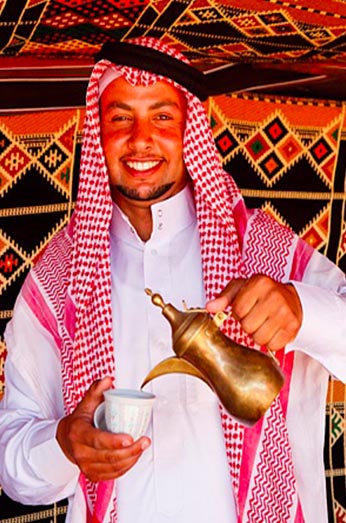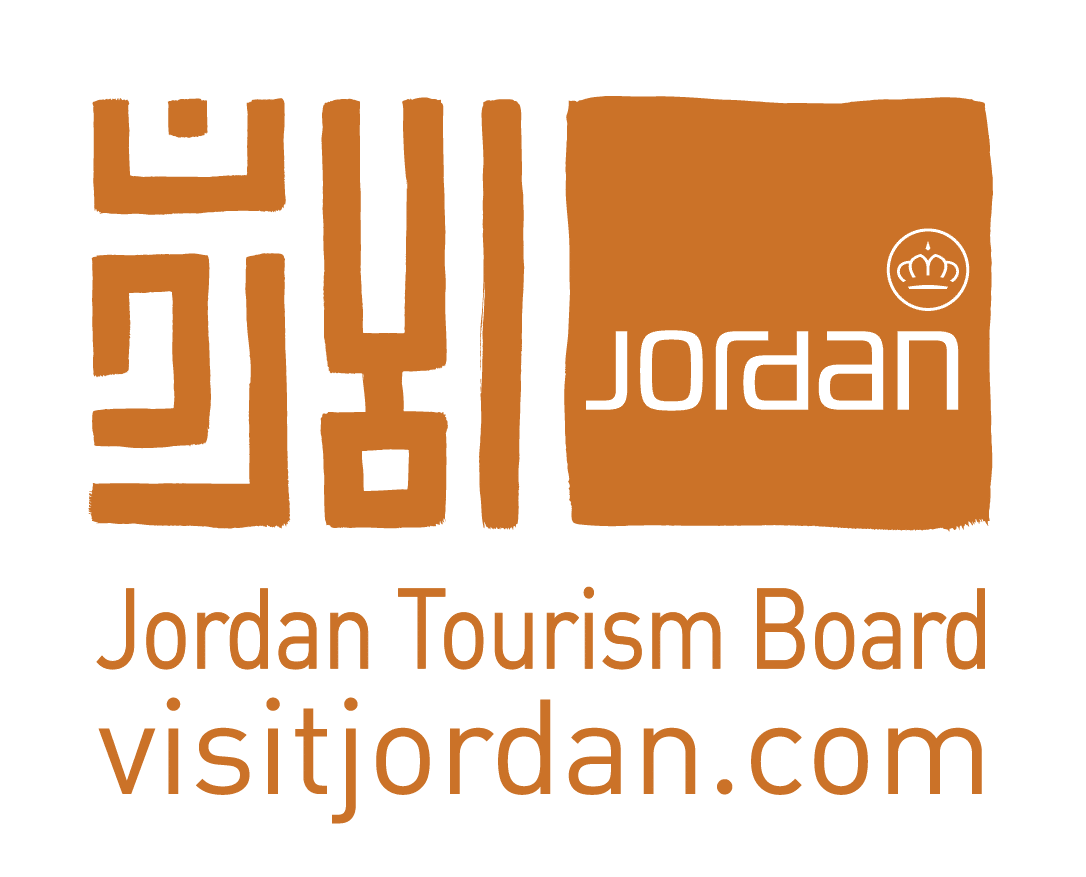LOCAL CULTURE AND LANGUAGE
The national language of Jordan is Arabic; many locals, however, do speak some English. When preparing to travel through the country, try to learn a few Arabic words of greeting and thanks. Any attempt to speak the language will be appreciated and will allow you to connect better with the Jordanians
Local cultures vary as you move along the trail. In the north, the villagers rely on agriculture – especially their orchards and olive groves. Throughout the country, Jordanian culture is one characterized by hospitality; those living in the more northern regions, however, are mostly unaccustomed to seeing tourists and international visitors.
In the areas surrounding Fuheis and some of its nearby villages, the population is predominantly Christian; church spires decorate the skyline. Fuheis even has its own excellent brewery!
As you move south to the harsh terrain above the Dead Sea, the culture changes; here you are likely to see one of the black Bedouin tents which dominate the region. As a matter of respect, always approach Bedouin camps from the left (the men’s side) and call a greeting before going too close. If there are no men in the camp, the women may be wary of strangers. If there are women in your hiking group, it’s better that they address the Bedouin women. In keeping with their culture, Bedouin will usually be very hospitable.
Continuing south, the trail crosses the deep Dead Sea canyons, some of which are home to camps of Jahalin Bedouin. On the plateau above are small farming villages adjacent to the ruins located on the northeastern rim of Wadi Ibn Hammad. Just south of this area, you will reach the hilltop town of Karak and its Christian inhabitants. Residents of this region, like many of their neighbors to the north, are largely unaccustomed to interacting with foreign tourists.
Once you reach the Dana Valley, most of the Bedouin locals you meet along the way will have some experience interacting with foreign visitors. This is especially true around the major tourist sites in the Petra and Wadi Rum areas.
At the end of the trail, hikers arrive at the Red Sea just south of Aqaba. A city of ports and resorts, Aqaba presents a rich diversity of local cultures and tourist attractions. On the same street, you might find both a local in traditionally conservative clothing and a tourist dressed in shorts and a T-shirt to escape the Middle Eastern heat. The city offers a variety of restaurants, accommodations, and activities broad enough to suit any visitor’s interests. Enjoy the comforts of Aqaba as you conclude your hike – you’ve earned it!
BASIC JORDANIAN ARABIC
Hello/peace be upon you | es-sa-LAA-moo aah-LAY-koom |
Hello/peace be upon you (reply) | wa aah-LAY-koom es-sa-LAM |
Welcome | AH-lan wa SAH-lan |
Hi | MAR-HA-ba |
My name is _____ | AH-na IS-mee _____ |
How are you? (to a man) | kayf HAL-ak? |
How are you? (to a woman) | kayf HAL-ik? |
Fine, praise God | bi-KHAYR al-HAM-du-lil-LEH |
Thank you | SHUK-ran |
Yes | NA-am |
No | leh |
Do you speak English? | bi-TIH-kee in-GLEE-zee? |
Where is __________? | Wayn ___________? |
Goodbye | MA-ah es-sa-LAA-meh |








